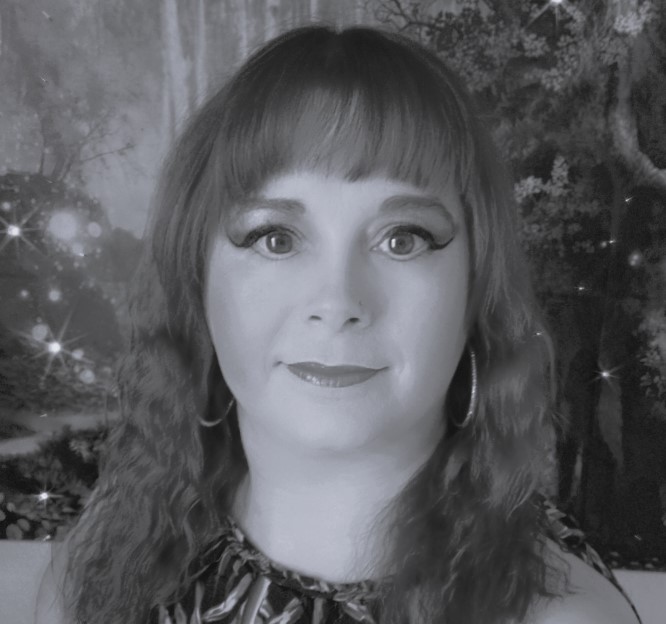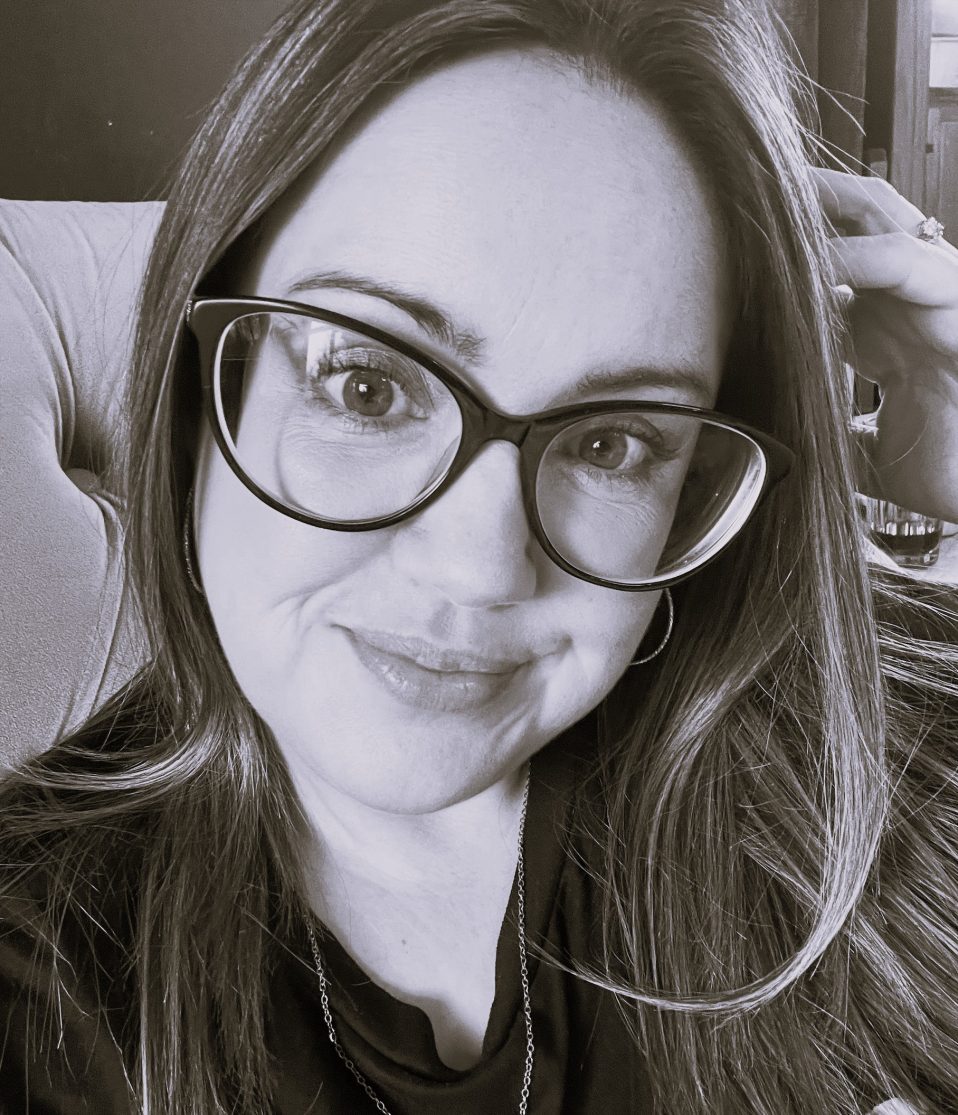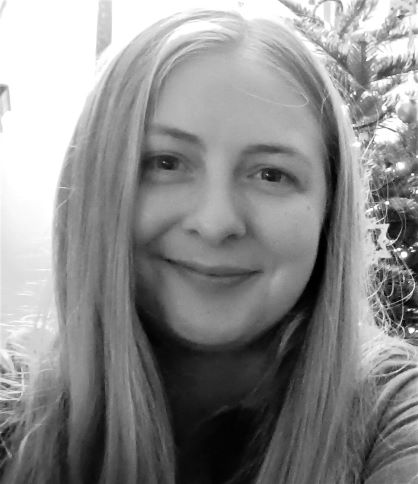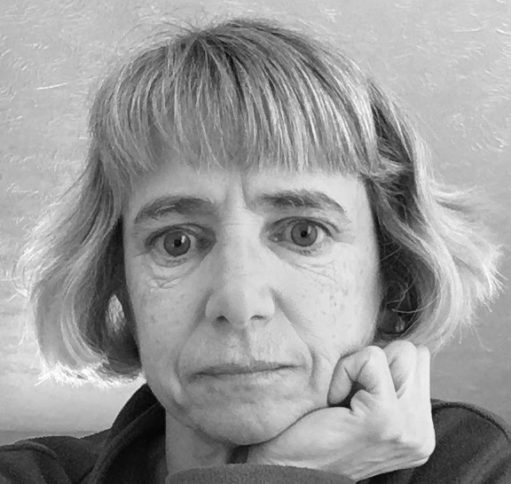Victoria was first diagnosed with erythropoietic protoporphyria (EPP) at the age of 24, after several years of fighting for a diagnosis with GPs, during which time she experienced severe episodes of intense pain, swelling, blistering, and multiple hospital stays. After attending a conference and suspecting a diagnosis of porphyria, she was eventually referred to the dermatology department at her local hospital where the specialist completed the required tests for EPP and confirmed the diagnosis.
Since diagnosis, Victoria works with medical professionals to help raise awareness and runs a support group on Facebook for fellow sufferers and their families.
Having been a member of the BPA for 15 years, Victoria assists with the running of events, has recently became a trustee, and in 2024 accepted the post of secretary.
Victoria aims to live life the best that she can, especially during the hot months. She has said that she doesn’t want EPP to control her and has worked to raise funds for the charity. A few years ago she took part in the Yorkshire Three Peaks Challenge, and whilst she only managed to complete two out of three peaks due to reactions, she feels that it was two more than she did before and remains undefeated – there’s always next time!
“I have vowed to do my best to support those who are affected by EPP, I don’t want another young person to wait so long for diagnosis and I want others to know that they don’t suffer alone, the BPA are here for anyone who is affected by either type of porphyria and we are constantly developing how we can help the best that we can. Having qualified in customer service NVQ level 3, an advanced diploma in advertising, and previous experience of working with young people, I feel I can use my skills within the charity to help to carry on bringing hope for all who are affected”.





